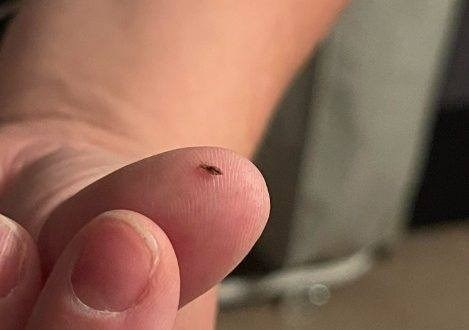ADVERTISEMENT
How to Keep Head Lice Away from Children (and Adults!)
Head lice are a common, yet frustrating problem that can affect people of all ages, particularly children. These tiny, parasitic insects can quickly spread in schools, daycare centers, and households, leading to itching and discomfort. While the idea of dealing with head lice can be unpleasant, there are several ways to prevent them and keep both children and adults safe from infestations.
In this article, we’ll explore effective strategies to keep head lice away, as well as some tips on how to handle them if you encounter them.
1. Teach Children Not to Share Personal Items
One of the primary ways head lice spread is through direct contact with an infested person, usually when children share hats, combs, brushes, or other personal items. Teaching children to avoid sharing these items can significantly reduce the risk of lice transmission. Encourage your kids to:
- Keep their own hats, scarves, and hair accessories.
- Not share hairbrushes or combs.
- Avoid resting their heads against other people’s heads during play or while napping.
2. Keep Long Hair Tied Back
Head lice are more likely to spread among children with long hair since lice can easily move from one person’s hair to another’s. Keeping long hair tied back in braids, ponytails, or buns can create a barrier that makes it harder for lice to transfer. For younger children, consider using hair clips or bands to keep their hair out of their face during playtime and activities.
3. Regularly Inspect Hair and Scalp
Even if your child doesn’t have symptoms of head lice, it’s a good idea to check their hair regularly for signs of an infestation. Early detection is key to stopping lice from spreading. To inspect effectively:
- Use a fine-toothed comb or a special lice comb on wet hair.
- Look for small, oval-shaped eggs (nits) attached to hair shafts near the scalp.
- Look for signs of scratching or itching, which may indicate lice presence.
4. Avoid Close Head-to-Head Contact
Head lice move from one person’s hair to another through close contact, often during activities like hugging, playing, or napping. Encourage children to avoid putting their heads together during play or group activities. If your child participates in group sports or other close-contact activities, remind them to be cautious when interacting with others.
5. Create a Lice-Repellent Routine
Several natural remedies are thought to help repel head lice. These ingredients are typically used in essential oils and shampoos formulated to prevent lice. Consider the following options:
- Tea Tree Oil: Known for its natural antiseptic properties, tea tree oil is a popular lice repellent. You can add a few drops of tea tree oil to your child’s shampoo or dilute it in a carrier oil and apply it to their scalp.
- Lavender Oil: Similar to tea tree oil, lavender has insect-repelling properties. You can make a simple spray by diluting lavender oil in water and spraying it onto hair and the scalp.
- Coconut Oil: Some believe that applying coconut oil to the scalp and hair creates a barrier that makes it difficult for lice to cling to the hair.
It’s important to note that while these methods can help repel lice, they are not foolproof. A combination of preventative measures is the best way to stay lice-free.
For Complete Cooking STEPS Please Head On Over To Next Page Or Open button (>) and don’t forget to SHARE with your Facebook friends
ADVERTISEMENT
ADVERTISEMENT
